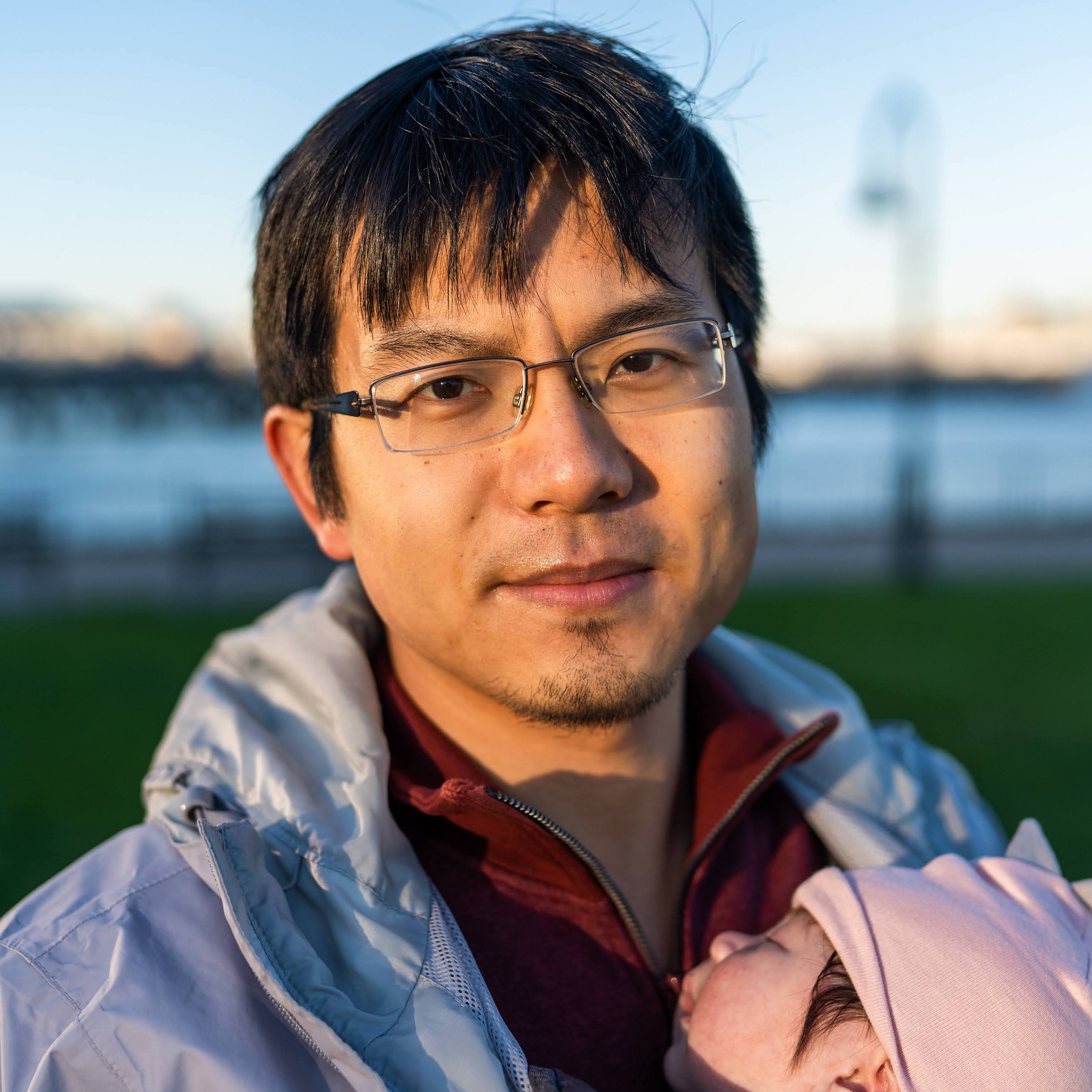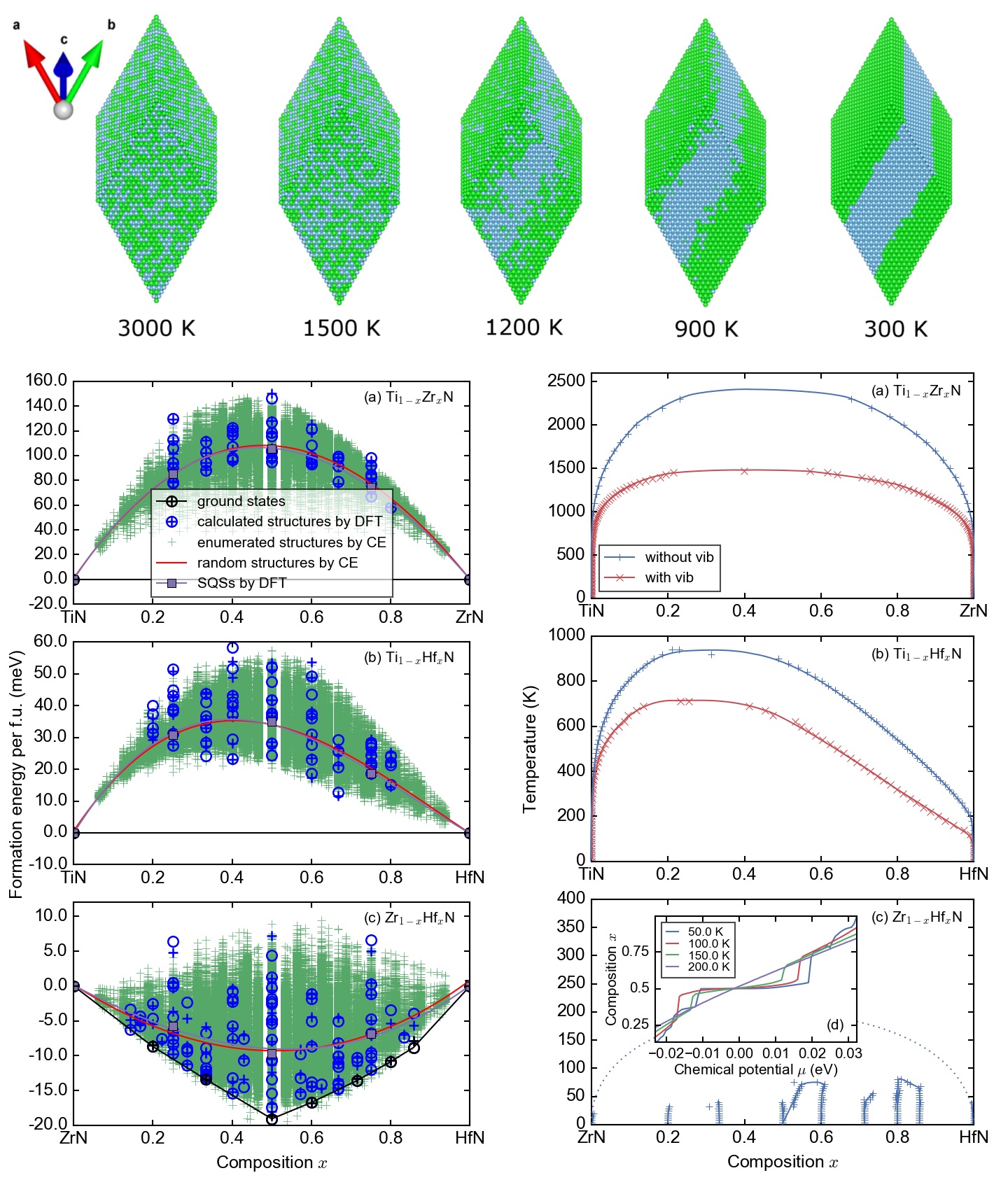
I enjoy building and deploying machine learning models, vector search engines, and distributed computing/data systems. In 2021, I created a facial recognition algorithm that ranked US #1 and World #2 among top companies and research institutions, and have been maintaining it since then. In 2022, I drove the research and implementation of a new deca-billion-scale vector search engine, which has since been powering the service at Clearview AI. Being an academically trained computational physicist, I am passionate about performance computing, and the fundamental hardware/language/software breakthroughs that accelerate its progress.
I’m very hands-on with my work and believe in-depth experience and insights lead to strategic vision in this field. I enjoy the cutting-edge while seeking to understand established working patterns before instituting change. This technical Blog might interest you.
EXPERIENCE
Clearview AI
Head of Engineering, 2025 - Present
Head of ML / Principal Engineer, 2021 - 2025
I had previously worked on computer vision / facial recognition back in 2017, and really wanted to solve the two biggest problems in the industry - the accuracy of the algorithm, and the accuracy & scalability of the vector search engine at increasingly large sizes (deca-billion scale and more). Clearview was the perfect opportunity for me. I ended up solving them in the first two years when I was here. In addition, I grew a lot more here.
IC work:
- Created a facial recognition algorithm ranked US #1 and World #2 (at time of submission) by NIST.
- Researched & implemented a deca-B vector search engine that has proven its value. Fused high-profile open-source C++ libraries and created Python bindings. Near-term 1/10 server cost & much higher capacity. Long-term $multi-M annual savings.
- Achieved SOTA accuracy in the domain category with efficient model training orchestrating a cluster of nodes. Became early adopters of alternative chips, e.g. Intel Habana Gaudi2.
- Drove model efficiency using distillation training, quantization, pruning/trimming & hardware acceleration. Streamlined deployment with model encryption & serving engines.
- Established foundational ML/data practices & native (C++ & Rust) tooling for performance-sensitive tasks.
- Led cross-functional collaboration to design & implement multiple compute-intensive data pipelines & inference infra for images/videos, resulting in $100k cost reduction per recurring batch job.
Bloomberg LP
Senior Software Engineer, Platform, 2017 - 2021
I moved into the industry and realized I really liked to work with computers in a more general capacity. In order to take things to the next level, I needed more rigorous training in Software Engineering. Here I became a more equipped developer, and learned on the job key data structures, system design patterns, essential tools and frameworks.
- Maintained & monitored widely-used bare-metal SFTP infrastructure with 7M daily logins.
- Designed & implemented reliable account management, auth, routing, caching, messaging for cloud-based next-gen SFTP. Wrote OS-level modules and web servers for auth interfacing with OpenSSH. Managed deployment on internal Kubernetes-based PaaS.
- Leveraged S3 Storage as SFTP subsystem with file system emulation and cross-data-center replication & failover.
- Spearheaded successful multi-year high-stake account migration as technical lead.
University of Toledo
Ph.D., Physics, 2012 – 2017
I spent four of the five years here as a funded researcher working on First-Principles materials simulations with Density Functional Theory on supercomputing clusters. It was an exciting field that only became feasible after ~50 years of advances in supercomputing since WWII… not just quantum mechanics theories anymore. However the tooling around the core Fortran software package VASP was very scarce, and I had to be very proactive about what to learn and build. This journey taught me a lot of things, resilience being the most valuable aspect of it. Because of the fundamental similarity in problem scope (iterative optimization), working approach (scientific experiments) and technical requirements (big computers), it naturally paved my way to the growing Data Science and Machine Learning fields, and as soon as GPUs became more available, Deep Learning.
- Specialized in materials simulations with parallel computing clusters (papers).
- Calculated electronic ground states with gradient descent & residual minimization schemes, (non-)linear regression - similar routines as in ML/DL frameworks. Had various classical ML projects.
- Authored open-source projects: ScriptsForVASP, pydass_vasp, pyvasp-workflow.
- Built a materials database website with a modern stack, supporting tabulation/graphing, user auth/contribution.
MORE
Dissertation on material properties prediction with cluster expansion regression models
Predicting properties from atomic configurations with linear models, cross validation and selection (cluster expansion formalism).
NOTE: if you would like to plan for a transition from PhD to the SWE/ML/AI industry, prepare early, and read A Survival Guide to a PhD from Andrej Karpathy and the HN discussion.
Nanjing University
Bachelor of Science, Materials Science & Engineering, 2008 – 2012
This major was interdisciplinary in nature. As a result, I studied a broad range of subjects: materials science & engineering, physics, chemistry, electrical engineering, computer science, math, statistics, etc. I also prepared and participated in a mathematical modeling contest with a team that focused on operations research.
MEDIA
(2023-06-28)
As explained in a company blog post by Liu and expanded on in conversation with Biometric Update, Clearview believes the smarter way is to index vectors so only small portion needs to be searched. This means “you can effectively search only a small portion of the database, finding very highly likely matches,” Liu says.
Blog Post: How We Store and Search 30 Billion Faces
(2023-04-18)
The Clearview AI platform has evolved significantly over the past few years, with our database growing from a few million face images to an astounding 30 billion today. Faces can be represented and compared as embedding vectors, but face vectors have unique properties that make it challenging to search at scale.
(2022-08-25)
Clearview Vice President of Research Terence Liu explained to Biometric Update in an interview that face biometrics algorithms are trained by ingesting several images from each subject, and then organizing data from ingested images into “clusters” with other images from the same subject.
NYT: Clearview AI does well in another round of facial recognition accuracy tests.
(2021-11-23)
In results announced on Monday, Clearview, which is based in New York, placed among the top 10 out of nearly 100 facial recognition vendors in a federal test intended to reveal which tools are best at finding the right face while looking through photos of millions of people.
NYT: Clearview AI finally takes part in a federal accuracy test.
(2021-10-28)
In a field of over 300 algorithms from over 200 facial recognition vendors, Clearview ranked among the top 10 in terms of accuracy, alongside NTechLab of Russia, Sensetime of China and other more established outfits.
